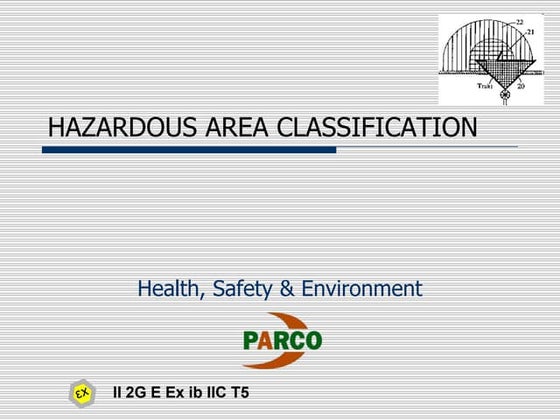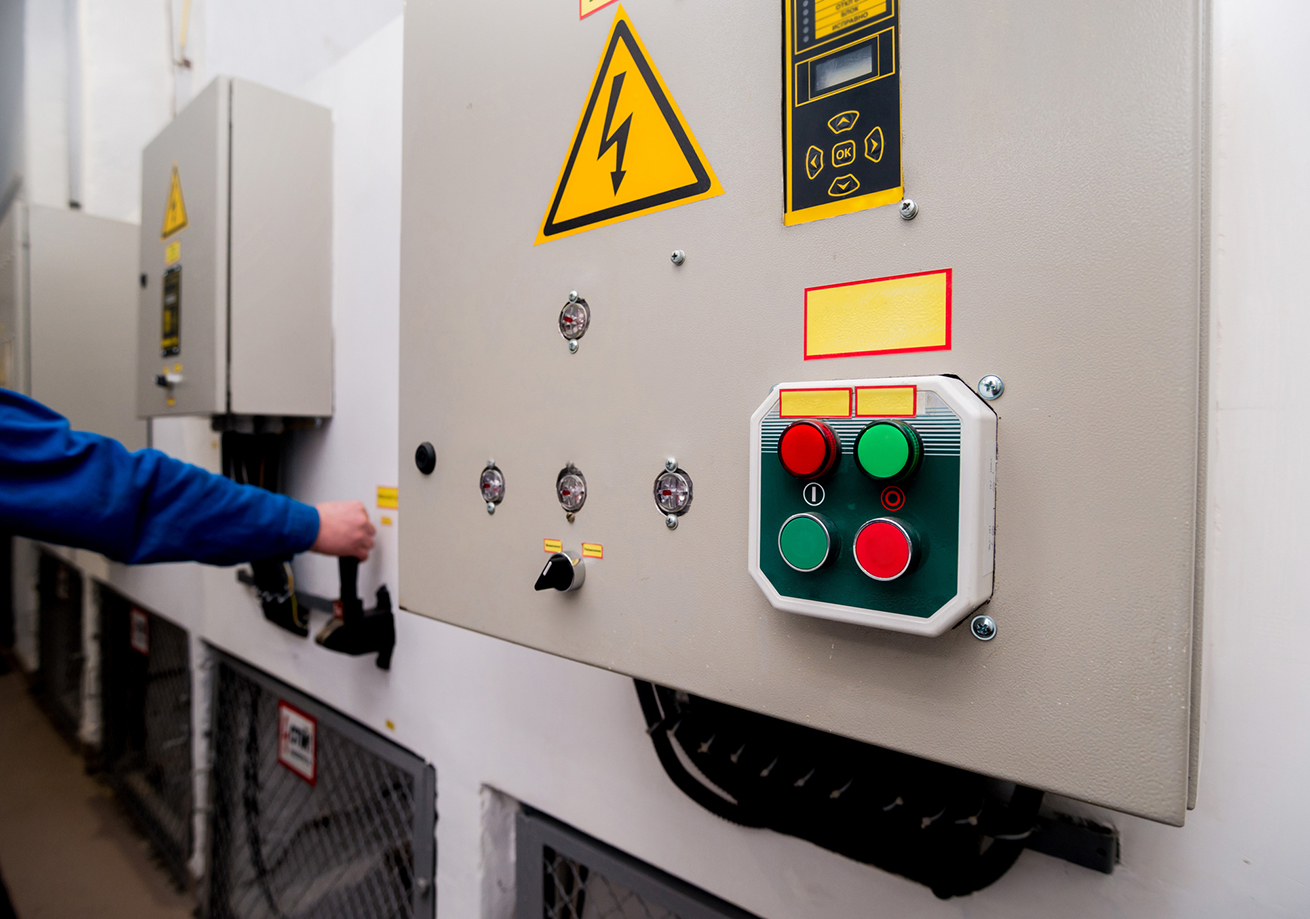All About Roar Solutions
All About Roar Solutions
Blog Article
Roar Solutions for Beginners
Table of ContentsA Biased View of Roar SolutionsGetting The Roar Solutions To WorkFascination About Roar Solutions
In order to shield installments from a possible explosion an approach of analysing and classifying a possibly unsafe area is required. The function of this is to make sure the proper option and installation of devices to ultimately prevent a surge and to make sure safety of life.
(https://urlscan.io/result/8b06a2f1-9edb-4076-8512-31003b1bcc3a/)
No equipment should be set up where the surface temperature level of the tools is higher than the ignition temperature of the offered danger. Below are some common dust dangerous and their minimal ignition temperature. Coal Dust 380C 225C Polythene 420C (melts) Methyl Cellulose 420C 320C Starch 460C 435C Flour 490C 340C Sugar 490C 460C Grain Dust 510C 300C Phenolic Resin 530C > 450C Aluminium 590C > 450C PVC 700C > 450C Residue 810C 570C The likelihood of the threat existing in a concentration high sufficient to cause an ignition will differ from place to area.
Unsafe area electric equipment maybe designed for use in higher ambient temperature levels. Area Repair Service By Authorised Worker: Challenging testing may not be called for nevertheless specific treatments may require to be adhered to in order for the devices to maintain its third celebration rating. Each item of devices with a harmful ranking need to be evaluated independently.
7 Simple Techniques For Roar Solutions
The equipment register is a detailed data source of tools documents that consists of a minimum collection of fields to determine each product's place, technical parameters, Ex lover classification, age, and ecological data. This information is vital for tracking and taking care of the devices effectively within unsafe areas. In contrast, for routine or RBI sampling examinations, the quality will be a mix of Comprehensive and Close examinations. The proportion of Thorough to Close evaluations will certainly be established by the Devices Danger, which is analyzed based on ignition danger (the likelihood of a resource of ignition versus the possibility of a combustible ambience )and the hazardous location category
( Zone 0, 1, or 2). This variation will also influence the resourcing demands for work preparation. When Great deals are defined, you can establish sampling plans based on the sample size of each Lot, which describes the number of arbitrary tools products to be inspected. To establish the needed sample dimension, two aspects need to be evaluated: the dimension of the Lot and the category of inspection, which shows the degree of effort that ought to be applied( minimized, typical, or boosted )to the evaluation of the Lot. By integrating the classification of inspection with the Whole lot dimension, you can after that establish the suitable denial criteria for a sample, implying the allowable number of defective products discovered within that sample. For more details on this procedure, please describe the Energy Institute Standards. The IEC 60079 standard advises that the optimum interval between inspections must not surpass 3 years. EEHA evaluations will certainly additionally be conducted beyond RBI projects as part of scheduled maintenance and devices overhauls or repair work. These assessments can be attributed toward the RBI example sizes within the affected Lots. EEHA evaluations are performed to identify faults in electric tools. A heavy racking up system is essential, as a single tool may have numerous mistakes, each with varying levels of ignition risk. If the mixed rating of both evaluations is much less than two times the mistake rating, the Lot is considered appropriate. If the Whole lot is still considered unacceptable, it has to undergo a full evaluation or validation, which might cause stricter assessment methods. Accepted Lot: The reasons for any faults are identified. If a common failure setting is located, additional tools may require maintenance. Faults are identified by extent( Safety, Integrity, Housekeeping ), ensuring that urgent problems are examined and resolved immediately to alleviate any effect on safety or procedures. The EEHA database ought to track and videotape the lifecycle of faults along with the rehabilitative activities taken. Executing a robust Risk-Based Assessment( RBI )approach is vital for making certain compliance and safety and security in handling Electrical Tools in Hazardous Areas( EEHA) (eeha training). pop over to these guys Automated Fault Rating and Lifecycle Administration: Effortlessly manage faults and track their lifecycle to improve examination precision. The introduction of this support for risk-based evaluation even more strengthens Inspectivity's placement as a best-in-class option for regulative compliance, as well as for any asset-centric inspection usage instance. If you have an interest in finding out more, we invite you to ask for a presentation and uncover how our solution can transform your EEHA monitoring procedures.
The smart Trick of Roar Solutions That Nobody is Discussing

In terms of eruptive risk, a dangerous area is a setting in which an explosive ambience exists (or may be anticipated to be present) in quantities that call for unique safety measures for the construction, setup and usage of tools. eeha certificate. In this post we check out the difficulties dealt with in the office, the threat control steps, and the required expertises to work securely
These materials can, in certain conditions, develop eruptive atmospheres and these can have significant and unfortunate repercussions. Most of us are familiar with the fire triangular remove any one of the 3 elements and the fire can not take place, however what does this mean in the context of dangerous locations?
In the majority of circumstances, we can do little concerning the degrees of oxygen airborne, yet we can have substantial influence on sources of ignition, for example electrical devices. Unsafe areas are recorded on the dangerous location classification illustration and are recognized on-site by the triangular "EX" sign. Below, among other crucial info, areas are split right into 3 types depending upon the hazard, the possibility and period that an explosive atmosphere will exist; Area 0 or 20 is deemed one of the most unsafe and Area 2 or 22 is deemed the least.
Report this page